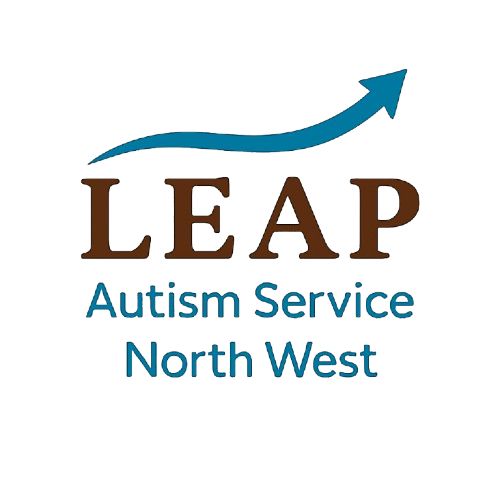‘Unmasked’, understanding the cost of camouflage
Unmasked: Understanding Autism and the Cost of Camouflage
Many autistic people spend years adapting to the world around them in ways that go unnoticed, even by themselves. This process is known as masking, and it’s far more common than most realise.
According to the National Autistic Society, masking is “a strategy used by some autistic people, consciously or unconsciously, to appear non-autistic in order to blend in and be more accepted in society.” It can happen at work, at school, in social settings, or even at home — and while it may help people get by, it often comes at a high emotional cost.
“Masking is to re-write every fibre of your being to suit the situation you are in and what is perceived to be ‘normal’ behaviour and reactions.” — Rosie Weldon, autistic author and advocate
What Does Masking Look Like?
Masking isn’t always obvious. It can be subtle, habitual, and deeply ingrained. Here are some real-world examples:
At Work
Smiling and nodding during meetings, even when overwhelmed
Avoiding asking questions for fear of seeming “difficult”
Eating lunch alone but saying it’s to “make a call”
Suppressing sensory discomfort from bright lights or noise
Using rehearsed phrases to sound socially fluent
At School
Pretending to understand instructions to avoid standing out
Mimicking classmates’ behaviour or speech patterns
Rehearsing answers silently before speaking
Hiding discomfort with uniforms or classroom noise
In Social Settings
Laughing at jokes that don’t make sense
Preparing conversation topics in advance
Avoiding personal interests unless directly asked
Mirroring others’ energy levels or facial expressions
Using alcohol to feel more relaxed in crowds
These behaviours aren’t exclusive to any gender, although research suggests autistic women and girls may be especially adept at masking due to social expectations.
The Impact
Masking can delay diagnosis, prevent access to support, and lead to burnout, anxiety, and depression. It can also create a sense of identity loss — especially for those who’ve masked unconsciously for years.
“When I am masking, the vast majority of my brain function is going to that masking. It is taking almost all of my mental energy to just stay in absolute control.”
Introducing ‘Unmasked’ (coming soon!)
That’s why we created Unmasked: A Reflective Workbook. It’s not a diagnostic tool, it’s a space to explore who you are beneath the adaptations. Whether you’ve been diagnosed, are self-identifying, or are simply curious, this workbook offers prompts, insights, and validation for anyone who’s ever wondered quietly.
You don’t need to be fixed. You just need space to be real.
Sign up to be notified when ‘Unmasked’ is released.
Sources: National Autistic Society – Masking Autistic People and Masking – NAS Simply Psychology – Examples of Autism Masking

